The X range of cameras has received a huge amount of critical acclaim and its fair share of criticism too. There are an awful lot of both professional and enthusiast photographers out there making some wonderful images with the Fuji line up, across a wide range of disciplines. One group of photographers for which I think the Fuji line up makes particular sense is documentary wedding photographers.
In the past I’d used Fuji Xs as secondary cameras at weddings and found them to be very useful as an addition to my regular Canon 5D3 setup. Inspired by Kevin Mullins‘ excellent wedding reportage work, I’d used both the Fuji X-Pro and Fuji X100s, with mixed success. To be honest, while I loved using them as a backup and in some of the quieter moments of the day, I didn’t feel that I could completely convert to them from my DSLRs.
That has all changed now… with the Fuji X-T1.
There are so many reviews out there of this camera that I won’t go into laborious detail about how good it is; instead I am going to write about how it works for wedding photography, and what it brings to the table that I find refreshing after using a DSLR.
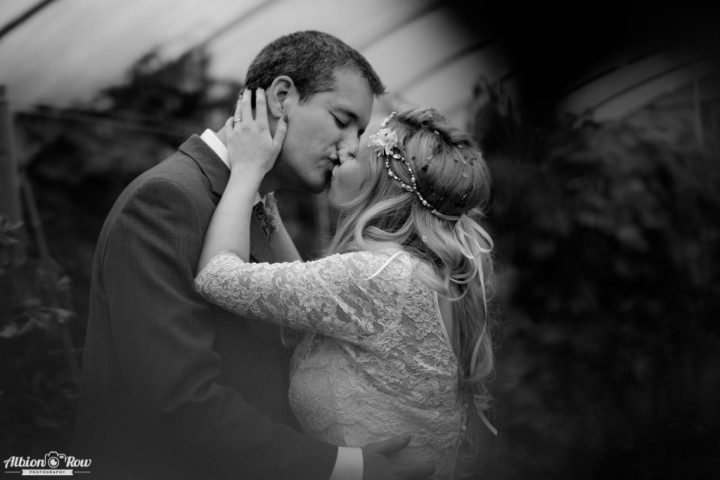
Room with a view
The much-lauded EVF is big, bright, and fast. What you see is what you get, and checking exposure and critical focus is simple and seamless. I no longer need to chimp my images afterwards, as I just know they are exposed correctly when I press the shutter. I have no desire for an OVF anymore, finding an EVF far superior for my style of work. Additionally, on the occasion when you do want to review an image, being able to do so in the EVF is lovely, no more shading the rear LCD screen, and you can zoom in and see focus and crisp detail without distraction.
I cannot begin to get across how much of a positive I am finding WYSIWYG, I am now far more likely to experiment with my metering choices and depth of field control, which is making me more creative. Being able to see changes live in the viewfinder is amazing. I do not envisage going back to an OVF, and I certainly do not enjoy using my Canon anymore.
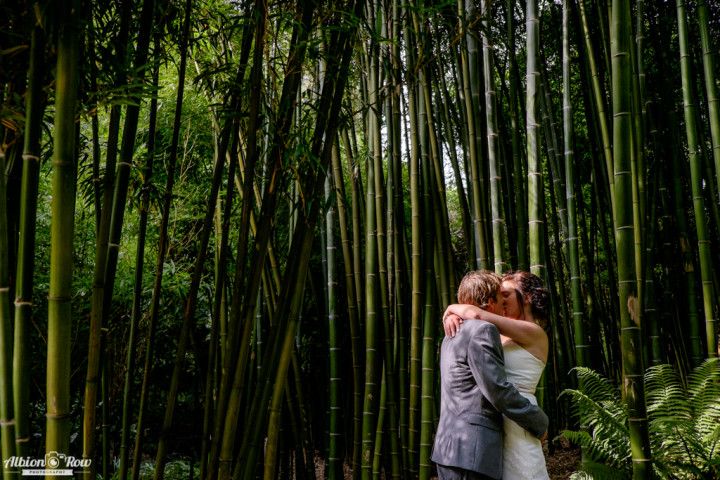
To tilt or not to tilt?
I find that I am using the tilt screen much more than I expected. A lot of pros seem to be anti-tilt screen, but I cannot think of a single reason why. My main and unexpected use of this has been in conjunction with wide (14mm) and semi-wide (23mm) lenses, as a waist level viewfinder. I set the camera up to enable focus peaking when on manual focus, and then flip the screen out and shoot away. This is fantastic for reportage shooting throughout weddings and has allowed me to get up close to groups and people without interrupting them, and I also find it encourages me to try creative angles. That moment when you raise the camera to your eye can be very obvious and distracting to your subjects and this method avoids that. It also comes in very handy as an additional tool to use during posed portraits allowing you to maintain a connection with your subject, instead of hiding your face behind the camera. Switching between the EVF and LCD is also completely seamless and fluid, unlike the switch between OVF and LiveView on a DSLR, which is clunky and slow at best. To be clear I am not trying to say that it should replace using a viewfinder, but should instead be considered an additional useful tool to be used under the correct circumstances… like when you don’t want to get your knees dirty getting that low angle!
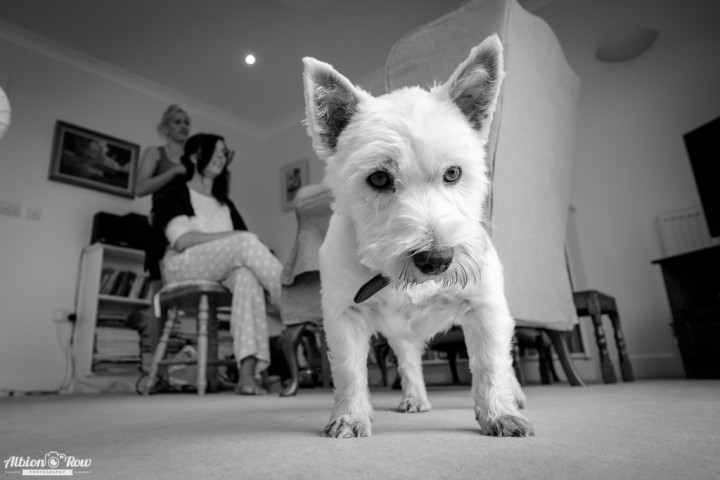
Choices, choices, choices
The more I use it, the more I am finding the different focus modes to be a plus. Single AF is generally fast enough and very accurate. I have not felt that it was holding me back. The continuous AF is strange but I am beginning to trust it more. I just wish it wouldn’t zip in and out of focus before you press the shutter. It does deliver good results in use though, but it is not as quick as the 5D3 by any means. However I do not use it very often on a wedding day and it is plenty good enough for the occasions when I do need it, like the walk down the aisle. The manual focus is a revelation compared to a DSLR in that it is actually very usable, quickly and easily, and with a variety of choices. Focus peaking, split panel or good old fashioned ‘using your eyes’ combined with the wonderful EVF and its basic large view, or dual view (with a small window zoomed in to the focus point), or a quick press of the ‘focus assist’ button to zoom in. I actually find that I can usually assess if it is in focus, in the EVF, without any of the focusing aids.
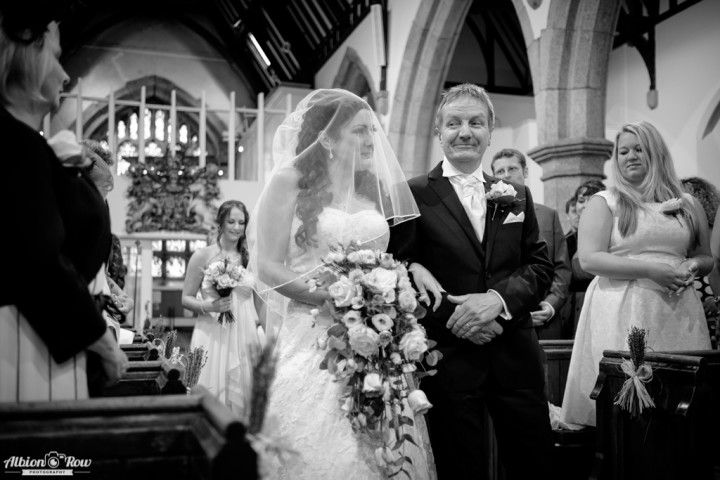
The magic glass
The Fujinon lenses are superb, so very superb. I honestly believe that you are not sacrificing anything in the lens department compared to any other system I have used.
My main trio of lenses at the moment are; the excellent 14mm f2.8, the gorgeous 23mm f1.4 and the outstanding 56mm f1.2. This gives me, in full frame terms, a 21mm wide angle, a fast 35mm and a very fast 85mm or in other terms wide, normal and short telephoto lenses. I can cover whole weddings with these three lenses and they come to a paltry combined weight of 940g. Compare this to a Canon 85 1.2L at over a 1025g on its own, and you can see that the weight advantages of the lenses are huge.
I have also used the 18mm f2, the 35 f1.4, the 60mm f2.4, the 18-55 f2.8-f4 zoom, and the 55-200 f3.5-4.8 zoom. They are all, in my opinion (and with a healthy disregard for test charts at 100%), fantastic lenses that create beautiful images, and I would not hesitate to use any of them in the right situation. If I could own them all I would. I would love to get my hands on the 10-24 f4 zoom, and plan on that purchase very soon. Also on my radar is the upcoming 16mm f1.4, which may well take the place of the 14mm in my wedding kit bag, as the 24mm effective focal length is a big favorite of mine.
I cannot get across how stellar the Fuji lens range is, and probably one of the most consistently excellent lens line ups that exist; you really cannot put a foot wrong when choosing. The line up is also quickly filling out, and while there is not the huge range offered by the likes of Canon/Nikon, the majority of bases are covered, or soon will be.
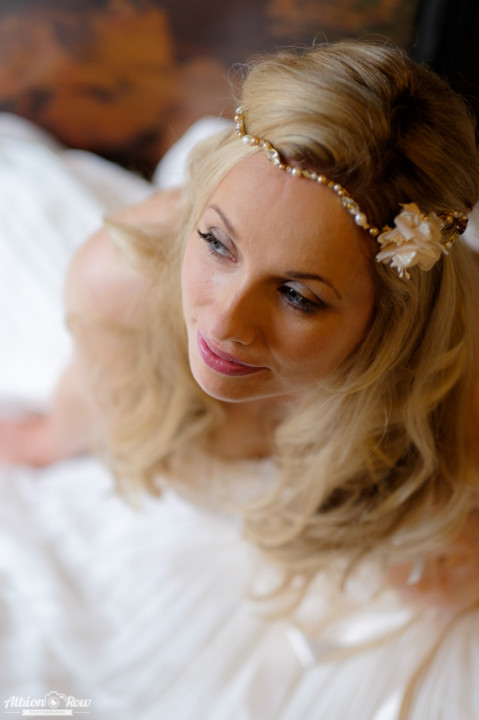
The right tool for the right job
Recently I have been trying to refine my gear for shooting weddings, and I’m attempting to stick with a small and very simple setup to enable it to truly become second nature and allow my creativity to flourish. This is my current setup:
I shoot with two X-T1’s, and they are both setup for different things. Basically the way I think about it is that I have one ‘wide’ X-T1 and one ‘portrait’ X-T1.
The wide X-T1 is with the large hand-grip, set up with focus peaking when in manual mode, and with either the 14 or 23 lens.
The portrait X-T1 is with the vertical battery grip, setup up with dual view when in manual mode, and with the 56 lens or, very occasionally, the 55-200 if I need that extra reach.
Both the cameras have otherwise identical settings; I have the custom buttons setup so that all of the 4 way buttons initiate AF point selection, the front Fn button lets me adjust auto ISO settings, and the top Fn button lets me choose the film mode, as sometimes I like to view the world in black & white, even though I shoot in raw to retain the option of colour.
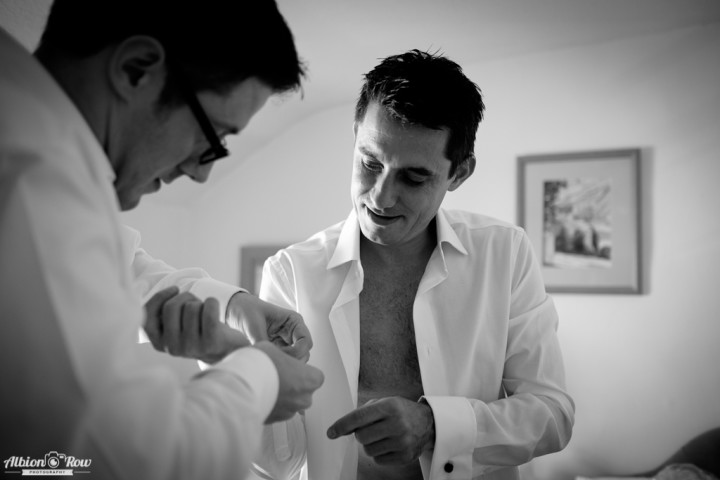
Ergonomically speaking…
Ergonomics are a very personal thing, but to me the dials on the Fuji just make sense and get out of the way.
In general I shoot with camera in single point AF, with the drive on CL (3fps). I regularly shoot in aperture priority, with auto ISO, and find that the speed with which I can shoot using the exposure compensation control really simplifies things allowing me to concentrate on composition and timing. However, if I find myself in a situation that calls for it, then it is so quick to switch over to full manual control using the external dials.
The camera itself is very comfortable to hold and for me is a perfect compromise between size/weight and access to all of the necessary controls.
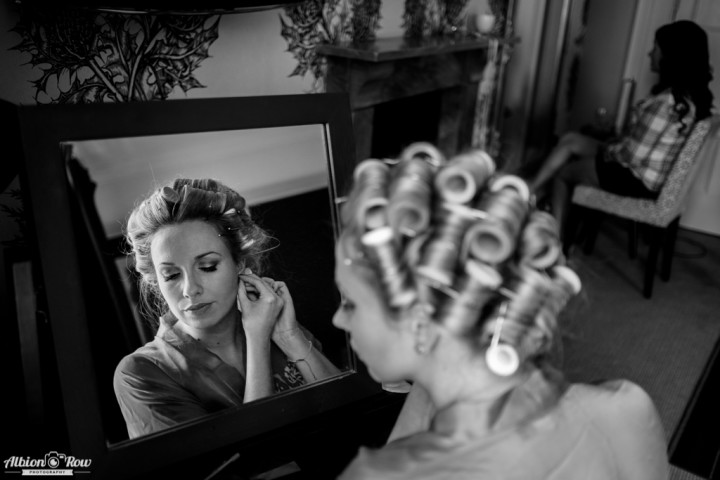
Dear Fuji
The Fuji X-T1 ticks a hell of a lot of boxes for me, as you can tell by the glowing review. With that said, nothing is perfect and I think the next iteration could be even better with a few changes. Here is my personal wish list, in no particular order:
- Battery level indicator: Come on now Fuji, you know it is useless so just get it sorted please. A percentage indicator just works, so please make it happen.
- Buttons: they need to stick out and be easy to find with your face smooshed up to the viewfinder. Sure I’ve fixed mine with sugru, but I shouldn’t have to. Perhaps a 5d3-esque joystick for AF point selection.
- Continuous AF: If there is any way Fuji can stop the C-AF from doing that thing where it moves in and out of focus until you start shooting, that would be a huge improvement, it is a bit distracting. I suspect this will improve as they manage to squish more phase-detect points on future sensors, like the Sony A6000.
- AF button: How come the focus box suddenly goes bigger when you switch to MF mode? Back button focusing is great, but I find the larger size of the focus box restrictive. ***
- Portrait grip: given the obvious shortfall of a smaller battery, which I can understand, is it not possible to squeeze two into an optional vertical grip, it just seems like they could fit in there?
- If the spot metering could be linked to the focus point that would be pretty nifty. ***
- 1/8000 shutter speed and a lower base ISO would be very beneficial with all the fast primes. ***
*** It has been reported that a substantial firmware update is coming to the X-T1, which fixes some of the issues marked above and includes a 1/32000 electronic & completely silent shutter! Also the spot metering and the MF focus box are being fixed. Good one Fuji!
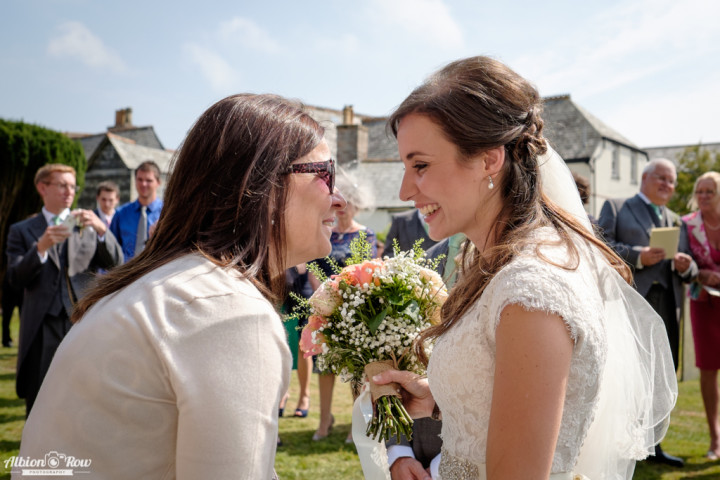
Creative freedom
The bottom line is that this is a camera that has changed the way I work. Not in any one huge way, but in a myriad of smaller ways, that all add up to a feeling of refreshed creativity and, I think, a better result for my clients. I’m now nicely settled in to the Fuji system and having shot them over several 14 hour+ wedding days, I feel confident that they can manage my demands.
One small caveat
During this testing phase, I have always had a Canon DSLR in my bag, as a backup. My get-out-of-jail-free-card has been the Canon 6D and a 50mm F1.2 L, as I know I could cover a whole wedding with this combo. I can hand on heart say that in the last six weddings I have picked it up twice. Both times have been in extremely dark conditions, when the dancing has been going on. Also it should be noted that I still used a Fuji X-T1 in the same conditions, but with off camera flash. With the 6D, I can push it a bit further before I have to turn on the flashes, allowing me to retain the atmosphere. I have not enjoyed using the 6D on these occasions and have ordered a Sony A7s, which I will be testing and hoping will be able to replace the 6D as my ultra low light camera, and allow me to go 100% mirrorless. That said; for me 99% of the time, the little Fujis and their wonder primes do the job perfectly.
All the pictures in this post are from Fujis, could be the X100 or X100s or could be the X-Pro1 or the X-T1, the image quality from all of them is equally gorgeous.
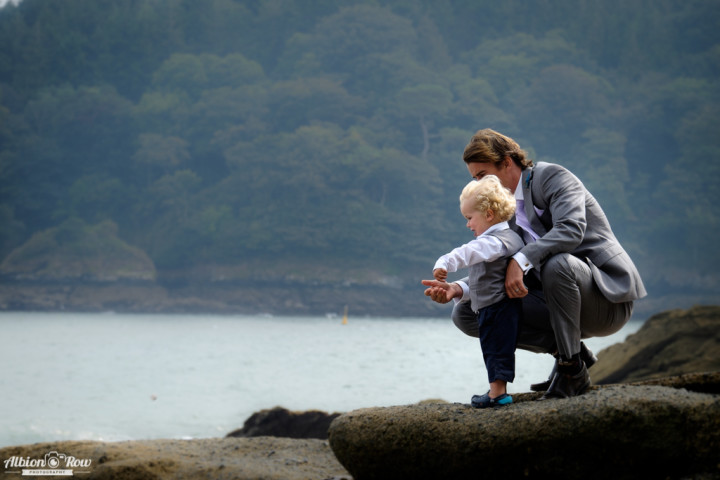
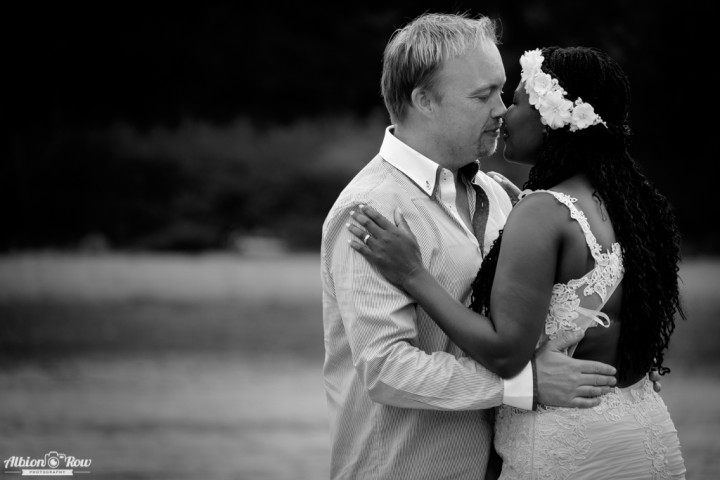
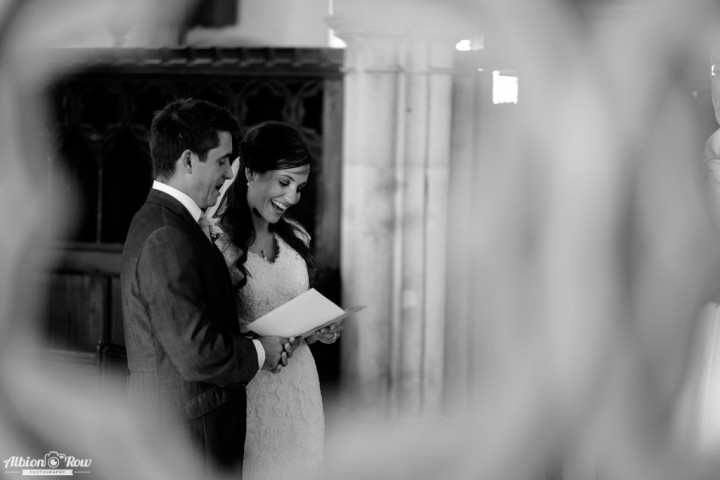

Paul Richards specializes in documentary wedding photography in Cornwall, UK. You can follow him and his work on Facebook or Google+.
